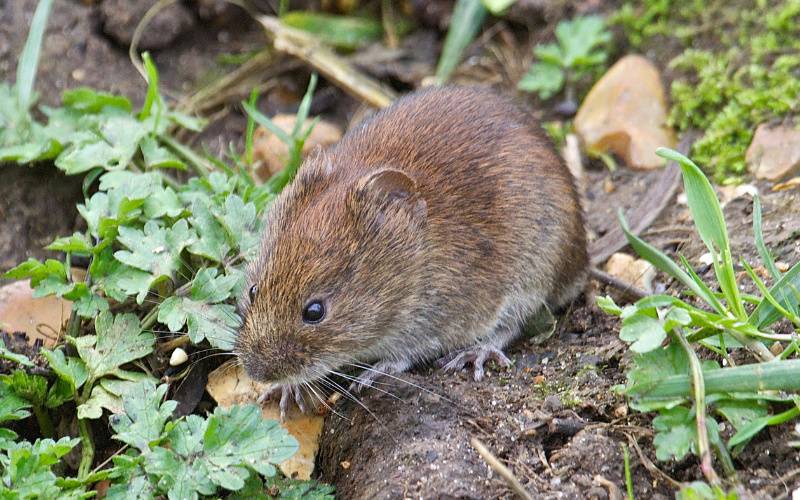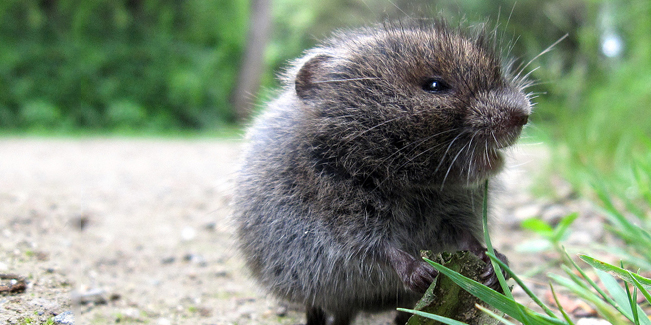Relied On Vole Control in Utah: Solutions for Your Property
Relied On Vole Control in Utah: Solutions for Your Property
Blog Article
Comprehensive Guide to Effective Vole Insect Control: Infestation Identification and Treatment Techniques
In the realm of reliable insect control, vole invasions position a special difficulty that requires a strategic strategy. By discovering the nuances of vole habits, recognizing vital indicators of infestation, and assessing a variety of control choices, one can establish a thorough approach to combat these elusive pests.
Understanding Vole Behavior
Vole habits is defined by their tunneling behaviors and fast recreation prices, making them a tough parasite to regulate effectively. These small rodents generally produce elaborate tunnel systems underground, using them for shelter, food storage, and transportation. Voles are herbivores, consuming a variety of plants, roots, yards, and light bulbs, which can create considerable damage to gardens, orchards, and lawns. Their rapid reproductive price additional makes complex control efforts, with ladies efficient in generating several litters in a solitary year, each consisting of a number of offspring.
Voles are most active throughout the morning and night hours, spending the bulk of their time foraging for food. Their burrowing behaviors not only interrupt yards and yards but also make them testing to get rid of and identify. Recognizing vole habits is essential for reliable insect control strategies. By determining their burrow locations, keeping track of feeding locations, and executing targeted control approaches, such as trapping or habitat adjustment, vole invasions can be managed efficiently.
Indicators of Vole Infestation

Prevention Approaches
Carrying out efficient prevention strategies is crucial in minimizing vole problems and securing plants from their damaging feeding habits. To prevent vole problems, it is crucial to begin by getting rid of prospective food sources and sanctuary.
Frequently evaluating the building for signs of vole activity, such as paths and delve openings, is essential for very early discovery and timely activity. If vole activity is believed, think about using repellents or catches tactically placed near their paths.
Non-Lethal Control Techniques
To successfully handle vole populations while focusing on gentle techniques, non-lethal control methods provide useful solutions for lowering vole damages in gardens and landscapes. These obstacles can be buried at the very least 12 inches deep and curved at a 90-degree angle to prevent voles from delving beneath.

Lethal Control Options
One efficient method for dealing with vole invasions in landscapes and yards entails the tactical usage of lethal control choices. When faced with a severe vole problem that non-lethal approaches have actually failed to contain, executing deadly control steps comes to be important. On the whole, when employing deadly control choices, it is necessary to do so sensibly and in accordance with neighborhood regulations to efficiently handle vole invasions.
Verdict
Finally, effective vole parasite control requires a thorough understanding of vole behavior, identification of indicators of invasion, application of prevention approaches, and usage of both deadly and non-lethal control methods. By integrating these strategies, people can successfully handle vole populaces and secure their property from damages. It is essential to address vole infestations without delay to avoid more concerns and lessen the effect on the surrounding atmosphere.
Offered the intricate tunnel systems and quick recreation prices particular of voles, recognizing the indications of vole invasion becomes important in efficient bug control. One of the primary indications of vole presence is the visibility of surface paths or trails in yard or snow, typically concerning 1-2 inches broad, developed as voles travel between their burrows and food sources.To properly handle vole populaces while prioritizing gentle techniques, non-lethal control approaches offer functional options for minimizing vole damages in landscapes and yards.One efficient approach for dealing with vole problems in gardens and landscapes entails the critical usage of lethal control choices. vole pest control.In verdict, effective vole parasite control calls for a thorough understanding of vole actions, recognition of indications of infestation, implementation of avoidance approaches, and use of both deadly and vole lawn damage non-lethal control techniques
Report this page